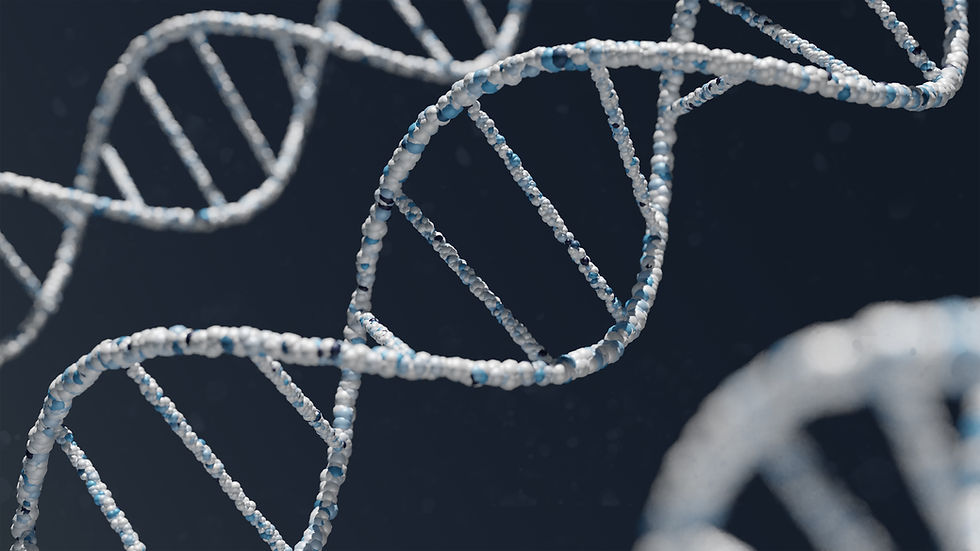The discovery could revolutionize the study of biodiversity in the wild.

When geneticist Elizabeth Clare placed 70 small filters around England’s Hamerton Zoo Park last year, there was an air of hope. She intended for the traps to collect DNA from the sky, allowing scientists to identify the animals present in each enclosure, reports Smithsonian Magazine.
Meanwhile, unbeknown to her, another team of scientists, more than 500 miles away, was conducting a similar experiment in the Copenhagen Zoo. Independently, and surprisingly, both teams succeeded.
The two new proof-of-concept studies have been published in the journal Current Biology and show that tiny fragments of DNA in the air can be used to detect different species. The non-invasive approach could be especially useful for detecting rare, invasive and otherwise hard-to-find animals.
Wild animals are usually studied by sight, or indirectly through clues that they leave behind, like fur, feathers or feces. That means certain animals - especially the small, fast and shy ones - are often missed in traditional wildlife surveys. Because all living organisms shed DNA into their environment, the two research groups hoped they could use those genetic traces to find out what animals frequent an area. And by, essentially, vacuuming DNA out of the air, they succeeded in doing so.
Though both groups were optimistic their idea could work, they were still shocked at their results. In the 40 samples that the Danish scientists collected, they successfully found 49 species including mammals, birds, reptiles and fish. “We had no idea that this would actually work so well,” says one of the researchers, adding we “could not believe it. It was tears and laughter.” They were even able to find DNA from local species near the Copenhagen Zoo, like the water vole and red squirrel.
Comments